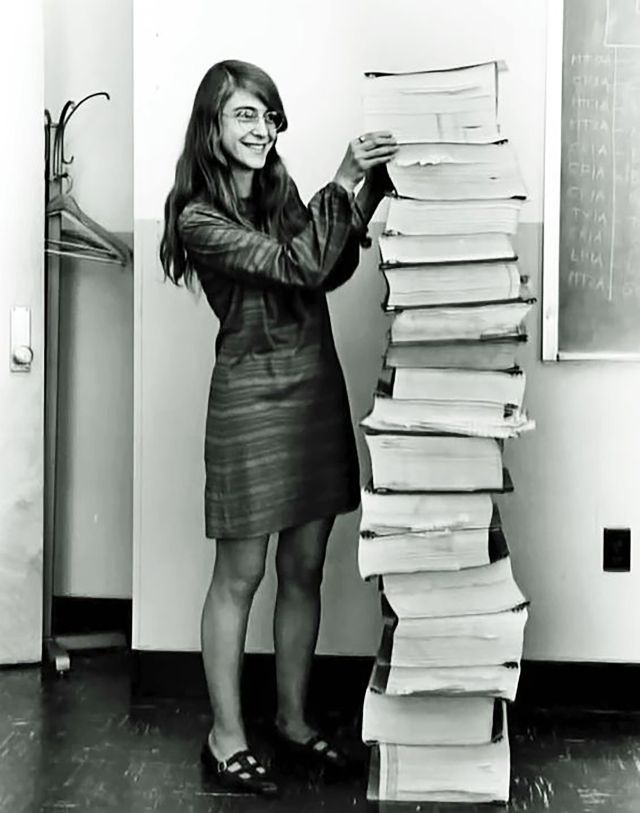
As mentioned, ANZ are happy keeping their 40-year-old version of a system – why does that always remind me of some movie title – and I have decided to shut up about this after one last blog update. This one is a final piece of perspective to this whole discussion, and puts a 40-year-old system in context. It’s also something I wanted to use on the blog to keep in memory.
So the oldest general purpose computer in the world was released in 1946. It was the ENIAC, a system developed in World War II for tracking the weather.
[caption id="attachment_21876" align="alignnone" width="702"] ca. 1940s --- Computer operators program ENIAC, the first electronic digital computer, by plugging and unplugging cables and adjusting switches. | Location: Mid-Atlantic USA. --- Image by © CORBIS[/caption]
ca. 1940s --- Computer operators program ENIAC, the first electronic digital computer, by plugging and unplugging cables and adjusting switches. | Location: Mid-Atlantic USA. --- Image by © CORBIS[/caption]
Like most computer projects it cost more than expected and was delivered a year too late, but hey, there you go.
By the 1950s, the ENIAC had been renamed the UNIVAC, and was being used by the US Government for various projects, including the developments in space. The UNIVAC was the backbone of the Apollo moon-shot program, and Github recently released the code that was developed to run those moon-shots. Quartz's Keith Collins covers the story ...
"BURN, BABY! BURN!"
The code that took America to the moon was just published to GitHub, and it’s like a 1960s time capsule
(Image Credit: NASA)
When programmers at the MIT Instrumentation Laboratory set out to develop the flight software for the Apollo 11 space program in the mid-1960s, the necessary technology did not exist. They had to invent it.
They came up with a new way to store computer programs, called “rope memory,” and created a special version of the assembly programming language. Assembly itself is obscure to many of today’s programmers—it’s very difficult to read, intended to be easily understood by computers, not humans. For the Apollo Guidance Computer (AGC), MIT programmers wrote thousands of lines of that esoteric code.
Here’s a very 1960s data visualization of just how much code they wrote—this is Margaret Hamilton, director of software engineering for the project, standing next to a stack of paper containing the software:
(Image Credit: NASA/Margaret Hamilton)
There is more to this story if you are interested over on Quartz, but the point is that the code used back then (1969) is less intelligent than the stuff you find in Pokémon Go today. In fact the Cray Supercomputer of the 1980s has less power than an Apple Watch. This puts things in perspective.
Today, NASA is sending space projects out to Pluto and Jupiter. Even then these projects are dated. The New Horizons space program that sent pictures back from Pluto last year was launched in 2006, whilst Nasa’s Juno spacecraft that has given us these wonderful pictures of Jupiter was launched in 2011.
(Image Credit: NASA/Damian Peach)
But would NASA even think about still using the UNIVAC and its Assembler code base to achieve these amazing feats of exploration of today ... come on ANZ. Upgrade.
Chris M Skinner
Chris Skinner is best known as an independent commentator on the financial markets through his blog, TheFinanser.com, as author of the bestselling book Digital Bank, and Chair of the European networking forum the Financial Services Club. He has been voted one of the most influential people in banking by The Financial Brand (as well as one of the best blogs), a FinTech Titan (Next Bank), one of the Fintech Leaders you need to follow (City AM, Deluxe and Jax Finance), as well as one of the Top 40 most influential people in financial technology by the Wall Street Journal's Financial News. To learn more click here...




